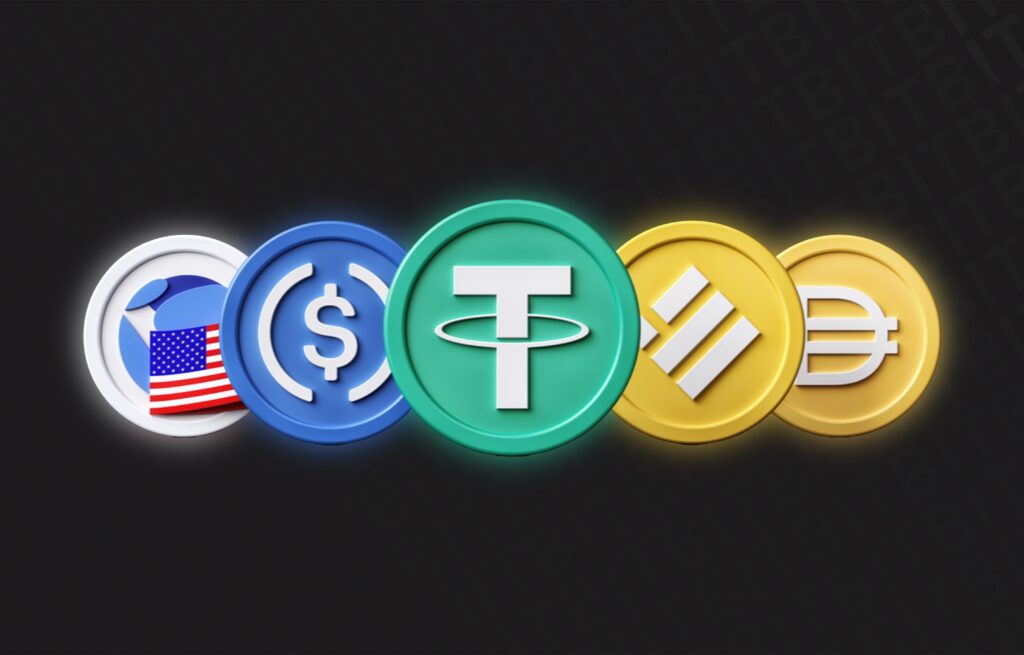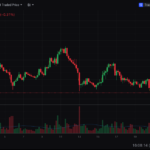A political breakthrough may soon reshape the $200B+ stablecoin market—and crypto insiders are calling it a turning point for both finance and geopolitics.
On May 21, David Sacks—senior crypto advisor to President Trump—confirmed that the bipartisan GENIUS Act is making swift progress in the U.S. Senate. The bill proposes a federal framework for stablecoins backed 1:1 by USD or Treasuries. With support from 15 Democrats already secured, the legislation’s path to final approval looks increasingly likely.
💬 “We already have over $200 billion in stablecoins—it’s just unregulated. This bill could unlock trillions in demand for Treasuries overnight,” said Sacks in an interview with CNBC.
📈 Why This Bill Could Reshape Markets
The GENIUS Act would grant full federal authorization to USD-backed stablecoins, creating legal clarity, licensing pathways, and reserve requirements. Institutions have long waited for such rules—especially those interested in using stablecoins for settlement or yield strategies.
If passed, this legislation could:
- Boost U.S. Treasury demand globally
- Offer safe, regulated on-chain dollars
- Spark a wave of institutional capital flows into crypto-linked fixed-income instruments
But the bill isn’t without political shadows. Critics argue that ties between the Trump family and World Liberty Financial—a firm behind the USD1 stablecoin—raise ethical questions. USD1 recently secured a $2B investment from Abu Dhabi’s MGX fund via Binance. Sacks declined to comment on potential conflicts.
📊 Yield-Bearing Stablecoins Are Quietly Taking Over
Alongside the regulatory buzz, yield-generating stablecoins have surged from $1.5B to over $11B in circulation since early 2024. These tokens now make up nearly 5% of the stablecoin market.
DeFi protocol Pendle has emerged as a dominant player, managing $3B in TVL—much of it from stablecoin strategies. Pendle allows users to lock in fixed yields or trade interest rate expectations. Interestingly, stablecoins now represent 83% of Pendle’s TVL, while traditional tokens like ETH have fallen below 10%.
Why the shift? With Fed rates still elevated (4.3%), yield-hungry investors are seeking safe, dollar-based returns in volatile times.
Yet major players like USDT and USDC still don’t pass on interest to holders—meaning over $9B in annual yield remains unrealized. This gap leaves plenty of room for disruptors.
💡 What’s the Trade?
If the GENIUS Act becomes law, it could be a catalyst for:
- Increased demand for regulated stablecoins
- Capital inflows into tokenized U.S. debt
- Higher adoption of DeFi yield protocols
But as always, politics can be unpredictable—and markets even more so.
⚠️ This is not financial advice. Always do your own research before making investment decisions.







